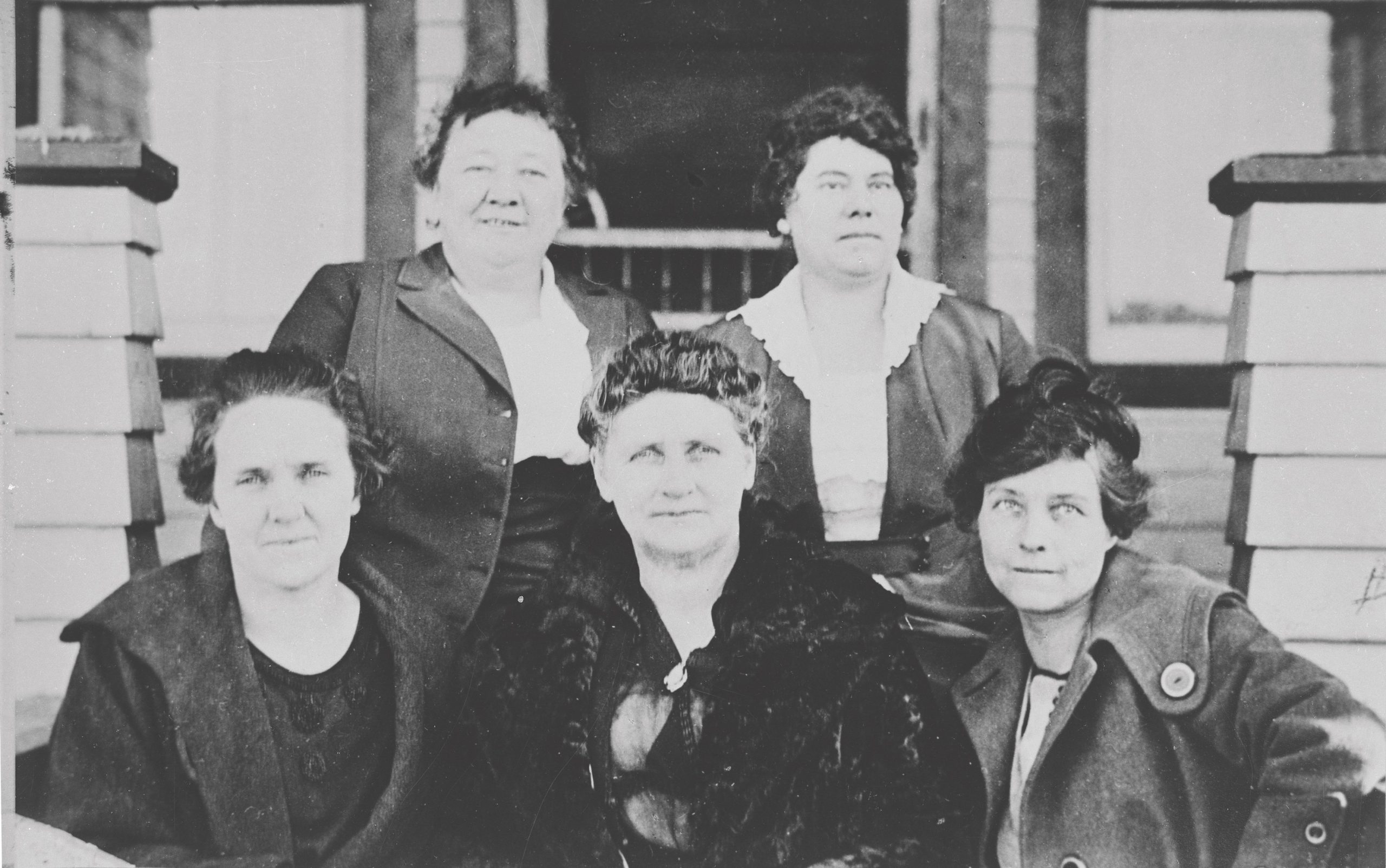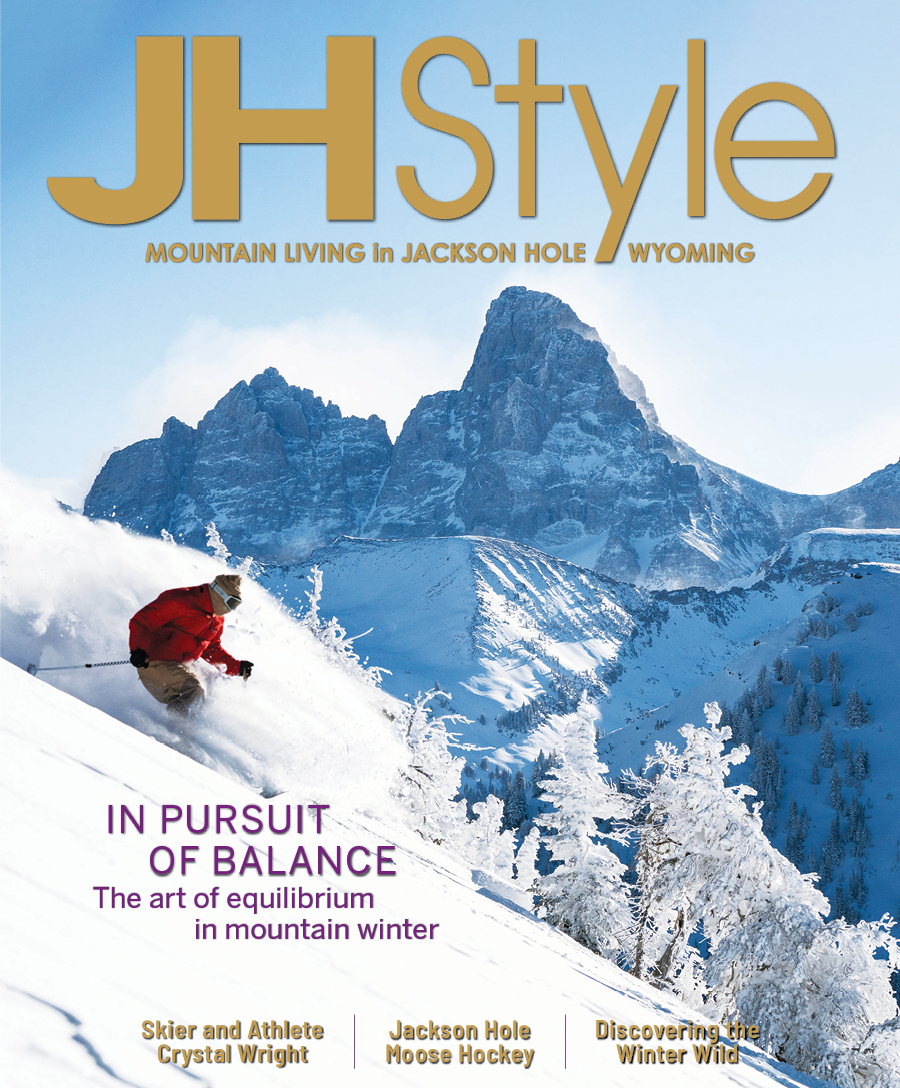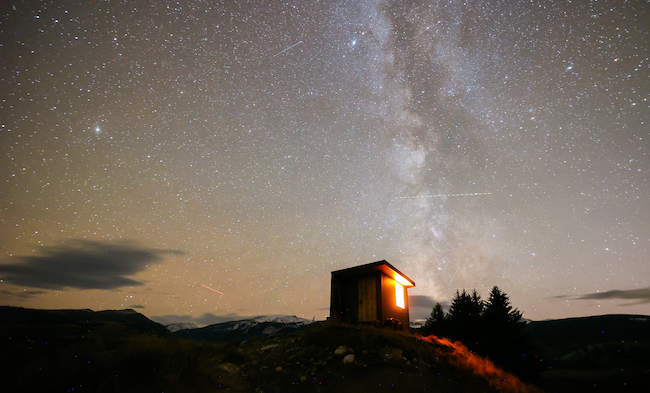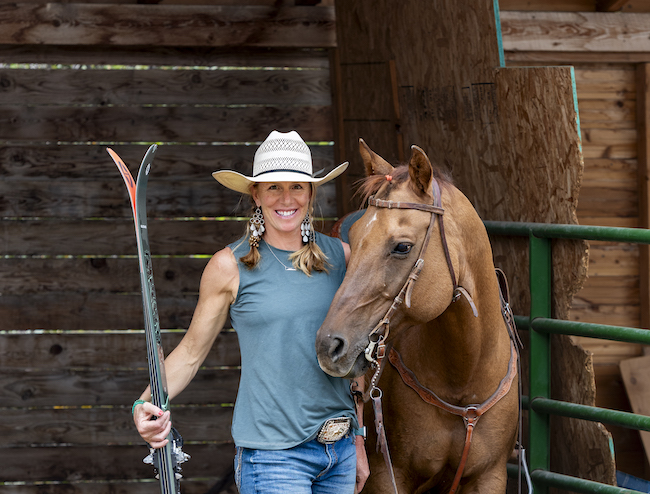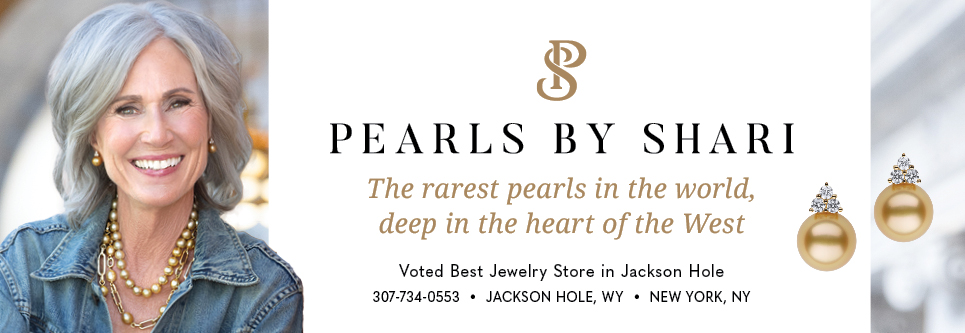Longtime Jackson Hole locals who never looked back
07 Feb 2022
When you know this is home
Written By: Melissa Thomasma | Images: Courtesy
There’s something about Jackson Hole. We all know it; we feel it.
The statement: “I came here to ski for one winter and, well … I never left,” is so common, it’s become a local punchline. For many people, something clicks here; their soul feels at home among the peaks and rivers — and so they stay. Looking back a century or so it’s clear that it isn’t a recent trend, nor is it a phenomenon of the ancient past. People have been drawn to this valley since the beginning. For many, it spelled a new beginning. A new life. And there was no need to look back.Mardy Murie
Local since 1927
Lovingly known as the “Grandmother of the Conservation Movement,” Margaret “Mardy” Murie was a trailblazer in the movement’s early days. She arrived in Jackson Hole in 1927 from Alaska with her husband and naturalist Olaus Murie who was studying the Jackson Hole elk herd. The couple settled near Moose and though their research and conservation work took them many places, they always returned to Jackson Hole. “We first loved Jackson Hole,” Mardy wrote, “the matchless valley at the foot of the Teton Mountains in Wyoming, because it was like Alaska; then we grew to love it for itself and for its people.” The Muries were passionate about protecting the area and played a pivotal role in the establishment of Grand Teton National Park. After Olaus’ death, Mardy continued to live in their cabin near the Snake River. She died there peacefully in October 2003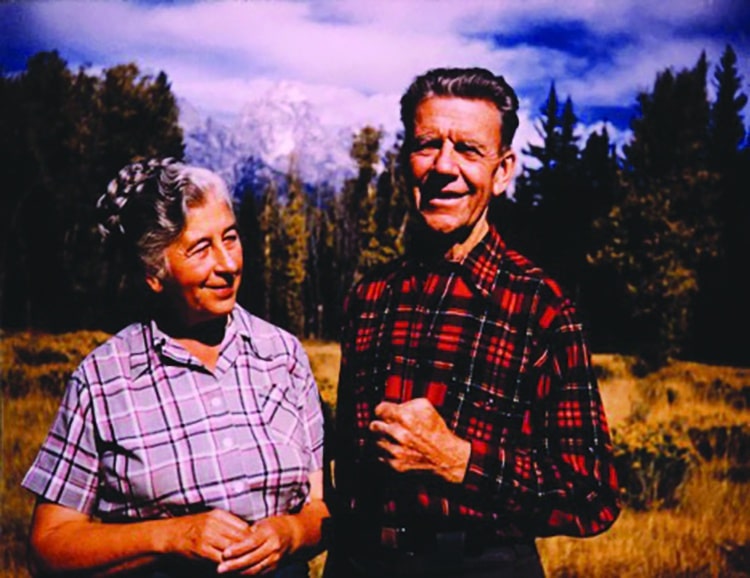
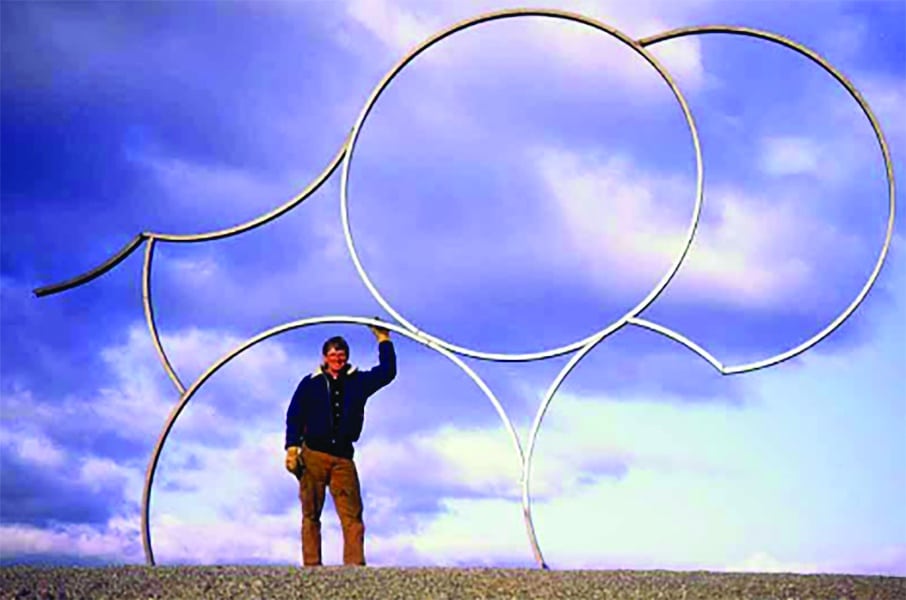
JOHN SIMMS
Local since 1964
Like many who end up in Jackson Hole, John Simms lived another life before wandering west. He tried working in the corporate business world, but it wasn’t a fit. Nor was his stint in the Navy. When he arrived in Jackson Hole in 1964, however, the wildness of the place instantly stole his heart. “Jackson was an open frontier when I moved here,” he recalls. “There were all kinds of opportunities to get started.” During the summer, John was drawn to the local rivers. His early years were filled with boundary-pushing adventures, and he played a large role in jumpstarting the valley’s whitewater rafting scene. When snow blanketed the mountains, he was one of Teton Village’s early ski patrollers (and one of the first to ski Corbet’s Couloir). Eventually, his passion for water and snow led him to start some of the most iconic brands in the fly-fishing and ski industries. Life-Link, a ski brand still seen on the slopes today, set a high bar for ski gear and avalanche equipment. “Life-Link gear has saved a lot of lives,” John says, clearly proud of his contribution to the sport. You can still catch John on the slopes or casting to wary trout, but these days he’s more likely in his art studio creating larger-than-life sculptures.TOM TURIANO
Local since 1985
When it comes to experts on the history of skiing in the Tetons, look no further than Thomas “Tom” Turiano. He literally wrote the book on it. (Check out Jackson Hole Backcountry Skier’s Guide: South.) Tom moved to Jackson Hole in 1985, and like so many, meant to stay for a single season. Thirty-six years later, it’s still home. “It just had this rugged Western feel,” Tom recalls. “When I moved here, I lived in a cabin that was heated by a wood stove alongside a bunch of roommates that were vagabonds of various kinds — everyone had this attraction to Jackson for different reasons.” Tom was a ski instructor at Snow King for four years, during which time the “Town Hill” was far more unkempt and difficult to ski than it is today. “At Snow King, there was a culture of trying to perfect ski technique,” he says. “It was all about how technical of a skier you could be and how you could perfect different kinds of skiing maneuvers.” When asked about the inspiration behind his back- country guide and other locally focused books, Tom says, “I just got really inspired by the mountains and exploring them. Every day that I went out in the mountains I saw other places I wanted to go, and mountains I wanted to climb. And before I knew it, I was writing books about them.”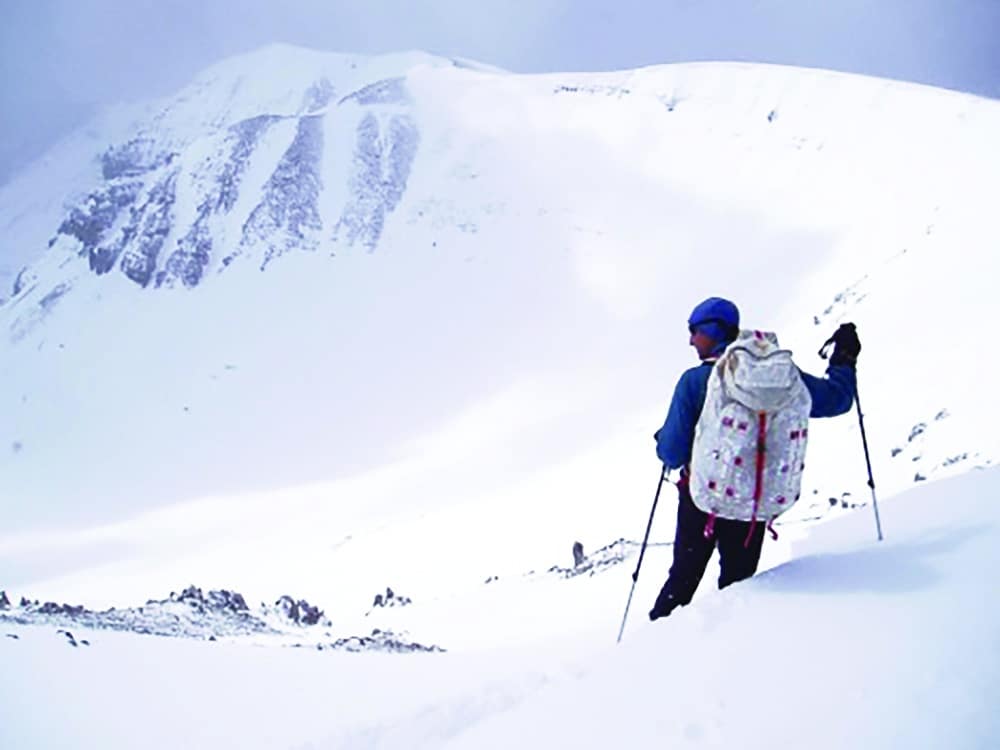
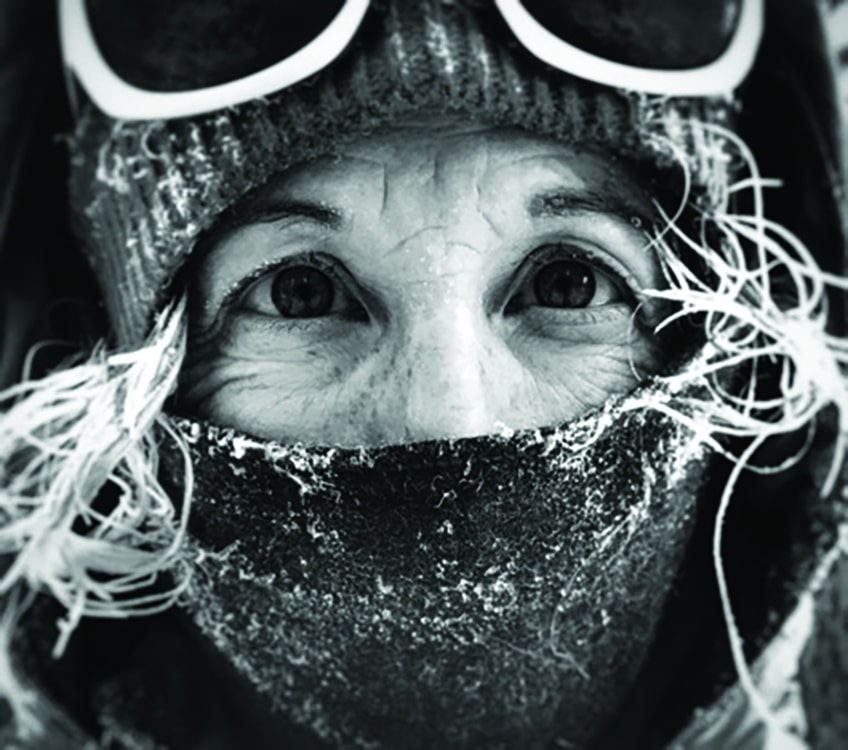
NANCY BOCKINO
Local since 2000
When you first meet Nancy Bockino, you quickly learn that she has two intense passions in life: saving endangered whitebark pine trees and backcountry skiing — two interests that dovetail flawlessly in Jackson Hole. “I came to the Tetons when I was 16 and right away I realized I was going to have to come back here and stay forever,” she recalls, noting that she finally moved here full time in 2000. Since then, she’s spent her summers protecting the area’s vulnerable pines and her winters breaking trail and relishing high-altitude powder. “It’s a magical place, Jackson Hole. It’s an ecological refuge. We have rain, snow, and clean air. The ecosystem is intact: wildlife, vegetation — we’re kind of in this little bubble ecologically. I stay because I have to take care of my trees.”DANIELA PETERSON
Local since 2000
Daniela Peterson, a local therapist, was hardly a stranger to dramatic mountain landscapes when she first came to Jackson in 2000. The Patagonia, Chile, native felt right at home when she moved to the valley with her husband, a fishing guide. But mountains aside, Daniela was enamored with the community and its caring, compassionate energy almost instantly. “We love the lifestyle,” Daniela says. “It reminded me so much of Patagonia, but a way better version. Much more organized, better taken care of. I immediately loved the culture of taking care of nature and protecting it, being respectful, and the kindness in the community.” When Daniela first arrived in Jackson it was much more homogeneous and the Latinx community was much smaller. Over the past 20-plus years, she’s been delighted to see the Latinx population grow, bringing more diversity to the valley. “The cultural exchange is providing another way of perceiving and relating to one another. It’s making this place much richer in terms of relationships,” she says.

